The best tips for the urban garden in autumn and winter

Very good to everyone. Today I come to tell you a little about my tricks and tips for the garden. In this case I will talk about my winter species. A few days ago we talked about the conditions that occur in the environment during the autumn and winter months, planting schedules, which species are better to grow, etc. I recommend that you take a look at the previous article on garden cultivation in autumn and winter, to better understand what I am going to tell you now.
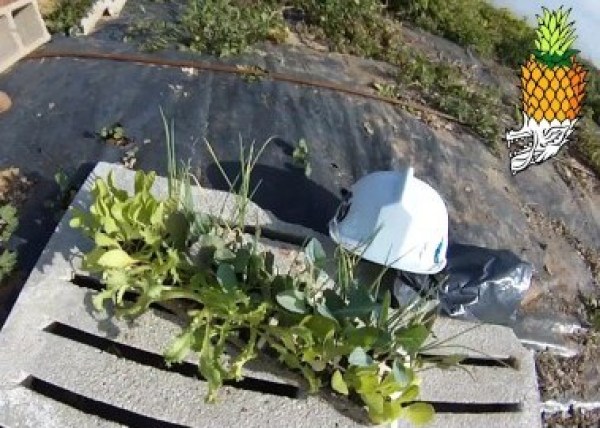
The best tricks and tips for the garden in winter
I followed the tricks and tips for the garden that I present to you in that article. I asked local farmers to see which species were the most suitable to grow on those dates and so I bought seedlings of: Onions, lettuce, escarole, cauliflower and cabbage.
Seeds for the garden in winter
It is much better to sow your own seedbed, than to acquire somewhat developed seedlings, since this way you know first-hand the origin of the seeds and the treatment they receive, basically because you give it to them yourself.
Seedlings are usually bought in nurseries, they have the advantage of being more or less cheap (about 10-15 cents per seedling) but the drawback is that it is difficult to acquire species with a certificate of ecological origin if you do not go to a very, very specific site.
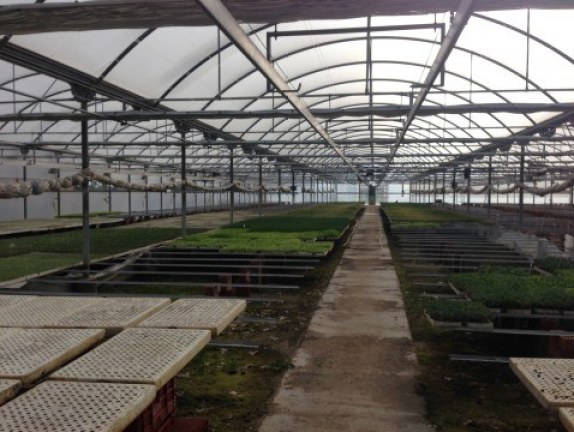
According to the planting dates, it was already in November when I removed the previous plantation, I did not do it before because it continued to produce and I felt a little sorry for myself, so I decided to resort to buying the seedlings because I did not have time to make a protected seedbed Not even my orchard still has the necessary structures (greenhouses, plastics, etc.) to be able to house a direct sowing crop on such unfavorable dates for the emergence of seeds.
When should I sow?
The farmers in the area had already planted their crops in September, I arrived late as always for the reason that I have mentioned before, I thought it was not a serious inconvenience, I would simply harvest the crops later as I did with the summer garden.
But in autumn and winter the planting dates are very important because although the crop can withstand the cold, its development slows down and it takes much longer to complete its growth. So during the months of December, January and February my plants grew almost nothing. Some died from the cold, others were installed correctly but week after week their dimensions remained similar and that during those months it rained a lot…
I really didn’t care if the crop was «stopped» or lethargic, since it wasn’t wasting water resources for its growth, during these months they are not necessary because the soil retains a lot of water without evaporating (there is practically no sun).
It was not a problem for me to have these plants there even if they were standing still, so I had to be patient, waiting for them to finally die or grow, either of the two alternatives would do as long as I got a result.
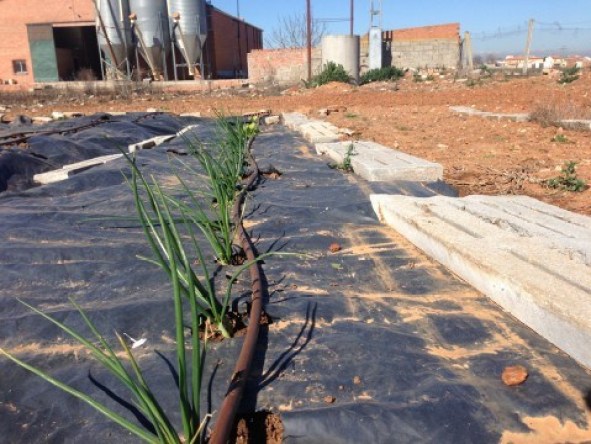
Respect planting schedules
Finally, with the arrival of the March sun, the crop woke up in an incredible way and in a matter of about 2 weeks it grew more than in the 3 months it had been planted.
Depending on the dates, now is the time to plant the seedlings for our spring crops, so talking about winter crops can be old-fashioned, unless you live in another hemisphere or are still growing winter crops during the spring as it happens to me, a really particular case…
With all this experience, what I want to convey to you is that you can do things a bit your way, but planting schedules are for something and it is not recommended to jump into the bullfighter’s pocket, especially during those dates. The sun of September and October would have been great for my plants to develop their first phases and finish maturing during the most unfavorable months and not the other way around as I have done… So I could have harvested them in March.
Now these species will finish developing in April or May, occupying the place that should belong to the spring crops, which I will have to plant later, delaying their cycle, as happened to me the previous year.
Pests of the urban garden in winter
Of course, the rabbits respect them… Since with the arrival of the heat these small voracious creatures have also gone outside nibbling all the tender leaves they have found. Fortunately, they tend to respect root crops such as onions, etc.
With the increase in temperatures, the eggs of possible pests that are around there also begin to hatch, I hope that with the care and measures we take when the previous orchard is over, these possible pests are not a very serious problem.
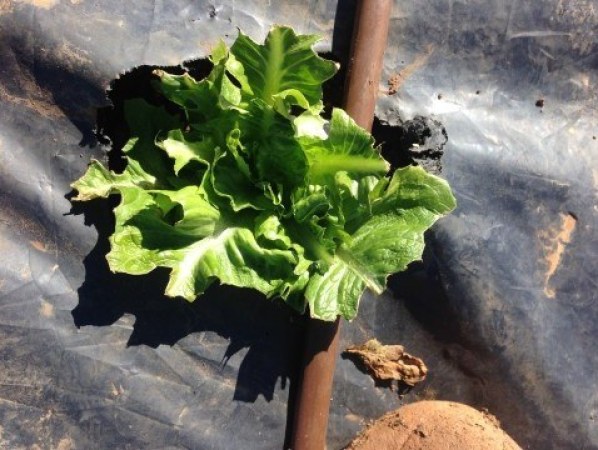
As always, all this is trial and error, I have already learned the lesson for another year and I hope that the same does not happen to you with all this that I have told you.
my garden in winter
Here I leave you a video where I talk about my tricks and tips for the garden in winter, I hope you like it.
References
- Bohanec M, Cortet J, Griffiths B, Žnidarši? M, Debeljak M, Caul S, Krogh PH (2007).A qualitative multi-attribute model for assessing the impact of cropping systems on soil quality. Pedobiology, 51, 239–250.
- Braun, U. (1982).Morphological Studies in the Genus Oidium III. Zentralblatt für Mikrobiologie. 137(4), 314-324.
- Patriarca, A., Fernandez, V. (2018).would alternate. Food Science, Elsevier.
A little more, during the next few weeks we will talk about issues that concern us more, such as spring seedbeds, which species are more suitable for planting at this time and how always how is my cultivation of them, this time with almost a year of experience in this of the orchards I hope that I go a little better.
I hope you liked my winter garden tips and tricks.
All the best!

![Photo of Celinda: [Characteristics, Cultivation, Care and Disadvantages]](https://www.complete-gardening.com/wp-content/uploads/2022/08/celinda-characteristics-cultivation-care-and-disadvantages-390x220.png)
![Photo of Rose Cuttings: [Concept, Season, Rooting and Planting]](https://www.complete-gardening.com/wp-content/uploads/2022/08/rose-cuttings-concept-season-rooting-and-planting-390x220.jpg)
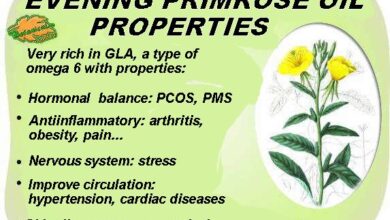
![Photo of Nandina cuttings: [Grafts, Time, Rooting and Planting]](https://www.complete-gardening.com/wp-content/uploads/2022/08/nandina-cuttings-grafts-time-rooting-and-planting-390x220.jpg)